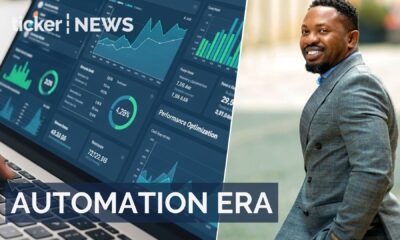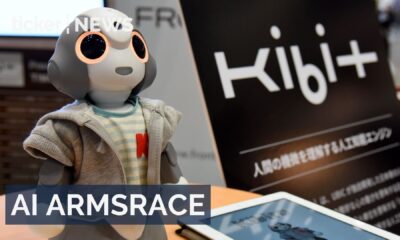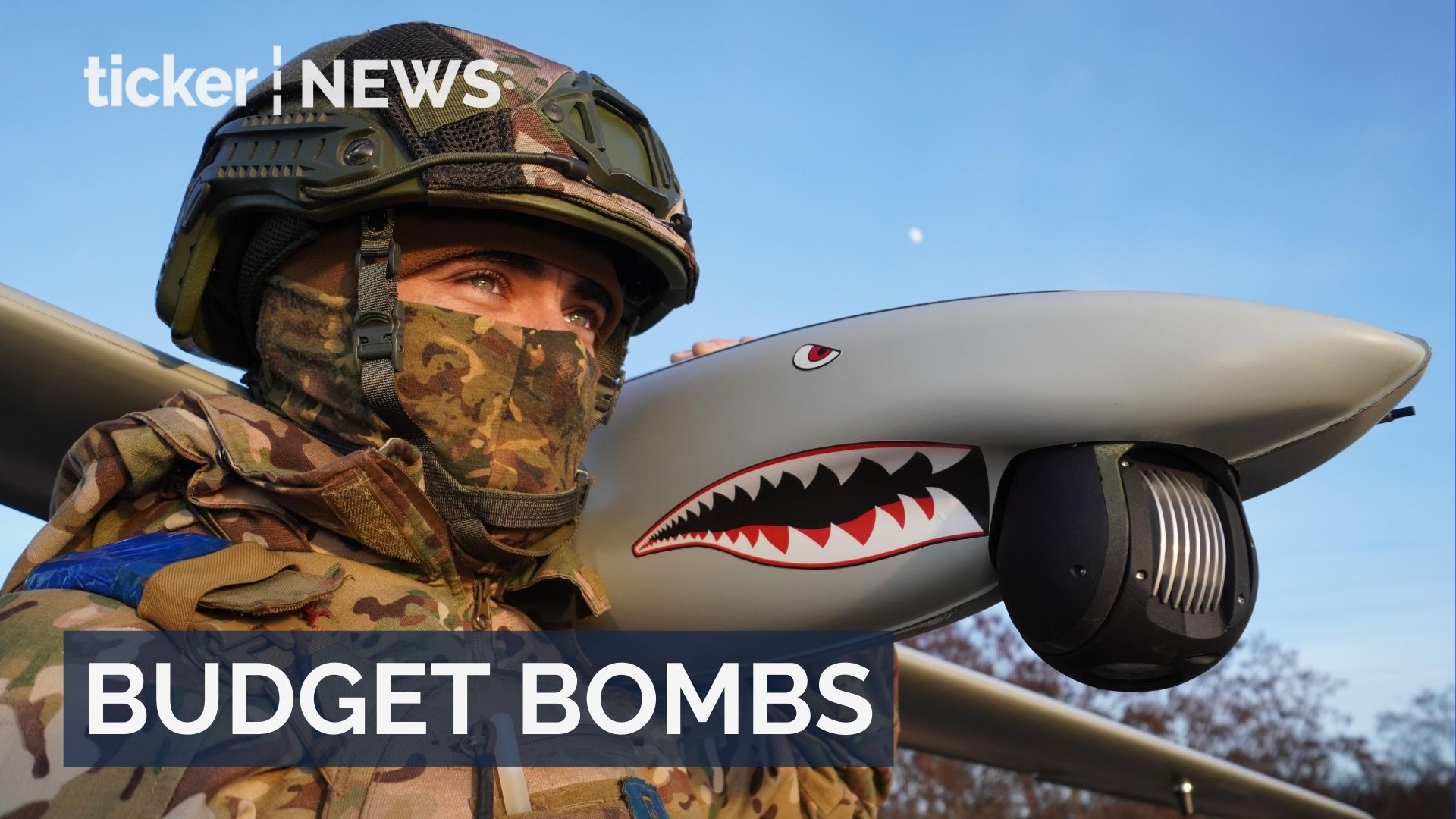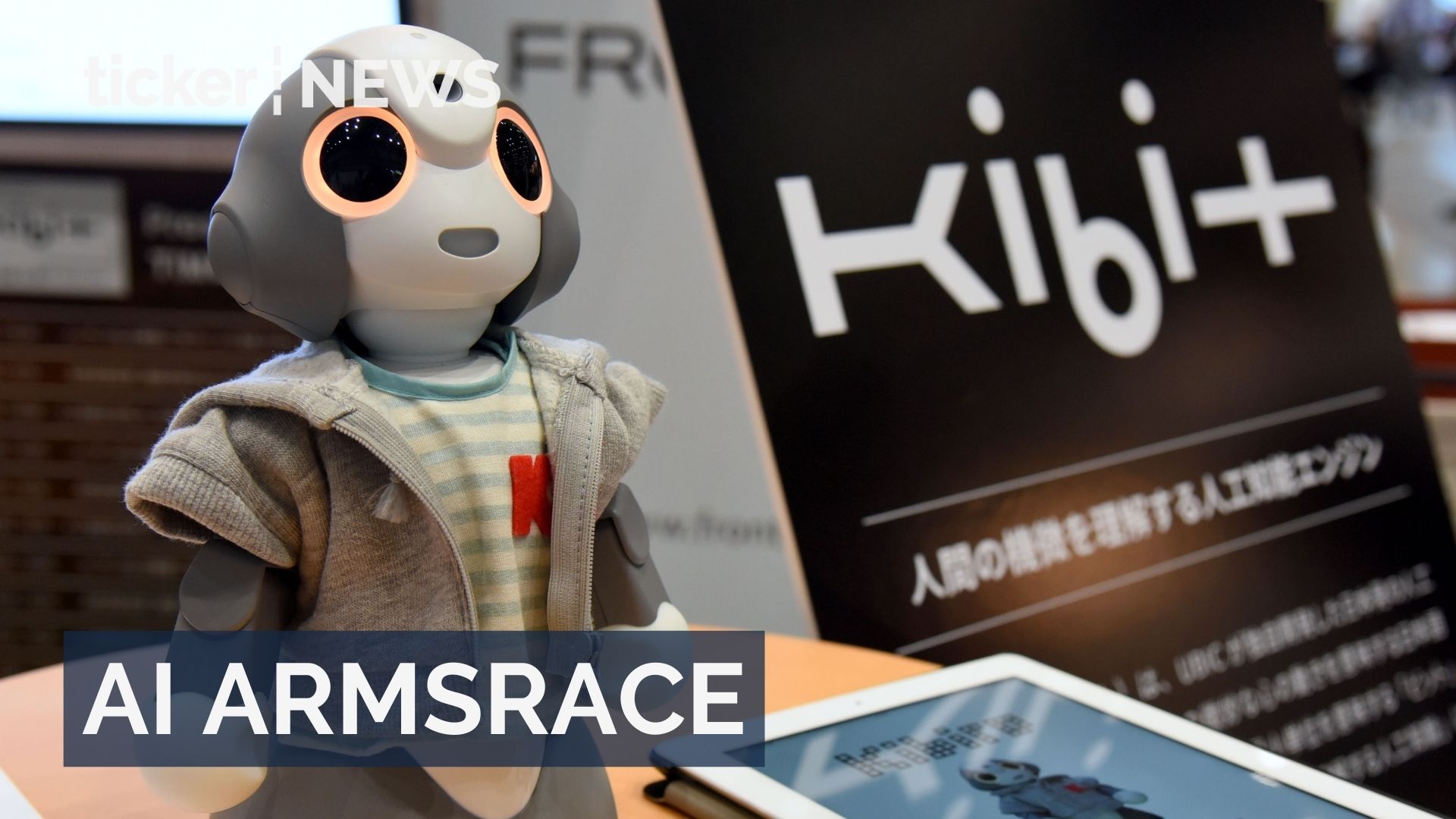Tech
How to buy the World Wide Web for just $1000

Tech
Google Cloud and Palo Alto launch $10 billion AI deal
Google Cloud and Palo Alto Networks sign nearly $10 billion AI security deal to enhance protection against cyber threats
Tech
Cheap drones flip the economics of air defense
Ukraine’s drones revolutionise air defence, intercepting threats cheaply while altering warfare economics amid ongoing Russian assaults
Tech
Global race for AI infrastructure amid soaring energy costs
Japan invests ¥1 trillion in AI infrastructure amid global tech race as energy costs and concerns rise
-



 Money3 days ago
Money3 days agoUS stocks surge amid AI hype despite market volatility
-



 Leaders3 days ago
Leaders3 days agoAI and automation reshape future tech careers
-



 Tech2 days ago
Tech2 days agoGoogle Cloud and Palo Alto launch $10 billion AI deal
-



 Property18 hours ago
Property18 hours agoBlackstone acquires Hamilton Island for $1.2 billion
-



 Tech3 days ago
Tech3 days agoGlobal race for AI infrastructure amid soaring energy costs
-



 Money18 hours ago
Money18 hours agoLaurene Powell Jobs exits Monumental Sports ownership completely
-



 News3 days ago
News3 days agoAustralia’s property market set to soar in 2026
-



 News2 days ago
News2 days agoChina deploys over 100 ICBMs near Mongolia border









